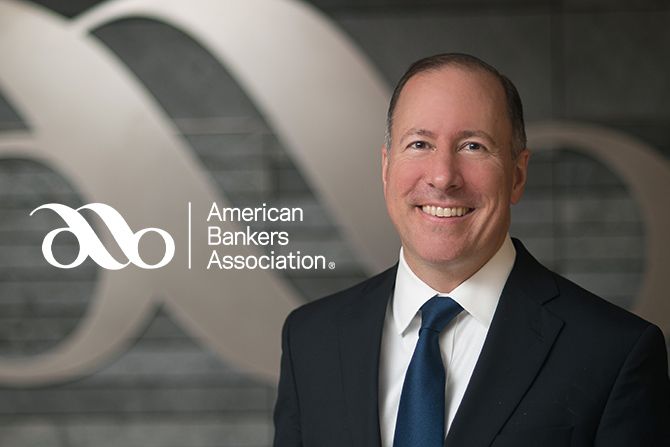Earlier this summer, President Trump signed into law the GENIUS Act, a long-awaited bill that will kickstart the development of a new regulatory framework for stablecoins in the U.S.
Stablecoins like Tether, Circle and others currently have a market cap of about $275 billion – a relatively small fraction of the total money supply in the U.S. Nonetheless, interest in stablecoins has grown rapidly in recent months.
In simplest terms, stablecoins are digital assets that are designed to maintain a stable value over time, and that are pegged to a reference asset like the U.S. dollar on a one-to-one basis. They can function as both a store of value and a means of payment, and there are several potential use cases that are starting to emerge, from cross-border payments to integration into smart contracts.
ABA has been closely following the conversations around the future of stablecoins, and we were engaged on behalf of our members as lawmakers debated and refined the GENIUS Act prior to its passage. Our input, which included feedback from bankers and our state association alliance partners, helped shape a better legislative outcome for the banking industry, though as with most pieces of legislation, there remain areas we’d like to see improved.
Among our top priorities was ensuring that banks are not disintermediated by stablecoin issuers, incentivizing customers to hold their money in the form of stablecoins instead of bank deposits. We also advocated for a framework that would ensure that America’s banks have the freedom to participate in the stablecoin ecosystem if they choose.
With the GENIUS Act now law, bank and credit union subsidiaries, along with national trusts and nonbanks can apply to become stablecoin issuers, but lawmakers included a key exclusion for non-financial public companies to maintain an important firewall between banking and commerce – a principle ABA has long supported.
The law also includes several key prohibitions applied to payment stablecoin issuers that ABA supports, including those preventing pledging of stablecoin reserves; paying interest or yield to holders of payment stablecoins; and the misrepresentation of the insured status of payment stablecoins, among other things. As I write this, we are actively engaged on the Hill trying to strengthen some of these provisions through separate but related digital asset legislation focused on market structure.
The GENIUS Act places rulemaking authority in the hands of the banking agencies, which means that banker engagement will continue to be critical in the months ahead as these rules are crafted, as more than a dozen rulemakings are expected related to this new law. ABA is continuing to engage through its Digital Assets Working Group – a banker-driven advisory panel that convenes ABA members from across the country, led by our Office of Innovation. We have also made a comprehensive suite of resources – including a full summary of the GENIUS Act and associated rulemakings – available for our members at ABA.com/Stablecoin. More than 2,100 bankers participated in a recent ABA webinar on the topic.
As we work to shape the future of stablecoin regulation, ABA remains committed to helping banks responsibly meet customer demand for digital assets, including stablecoins and other cryptocurrencies, while mitigating the risks that these emerging products and technologies may pose to consumers and the broader financial system. Our goal will always be a fair and level playing field on which banks and other financial service providers can compete.

Robert S. Nichols, President and CEO,
American Bankers Association
Rob Nichols has been president and CEO of the American Bankers Association since 2015 after 10 years at the helm of the Financial Services Forum, a nonpartisan economic policy and advocacy organization. He also served in the George W. Bush administration as assistant secretary for public affairs at the Treasury Department.
Email Robert at RNichols@ABA.com








